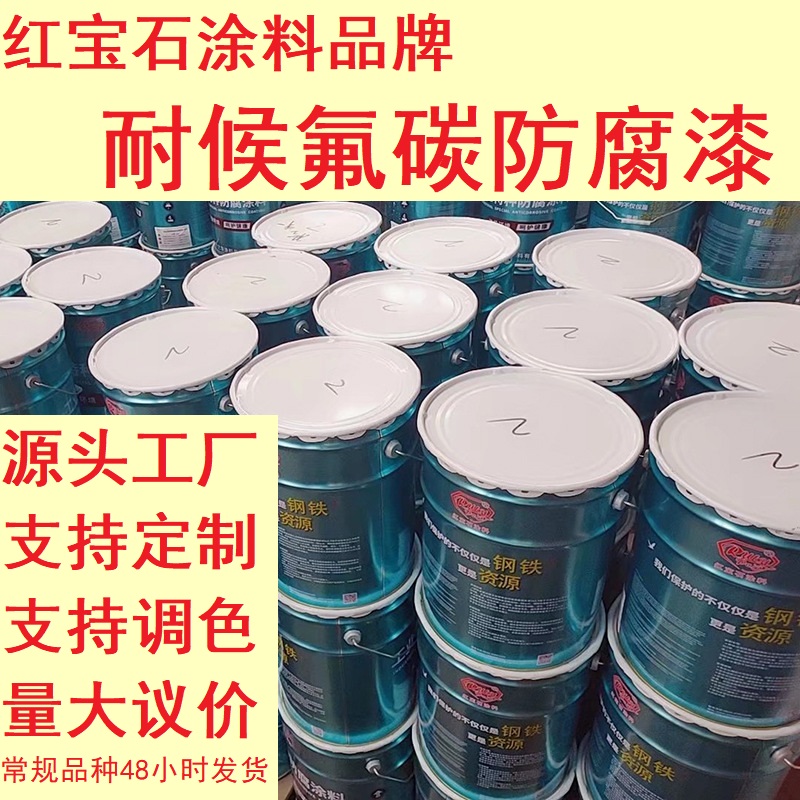Table of Contents
Techniques for Achieving Smooth Blends with Acrylic Paint
Acrylic paint is a versatile medium that allows artists to create a wide range of effects, from bold, opaque colors to subtle, translucent washes. One of the challenges of working with acrylic paint is achieving smooth blends between colors. However, with the right techniques and a little practice, it is possible to create seamless transitions between hues.
One of the keys to achieving smooth blends with acrylic paint is to work quickly. Acrylic paint dries quickly, so it is important to blend colors while they are still wet. To do this, start by applying a base coat of one color to your canvas. Then, while the paint is still wet, apply a second color next to the first color. Use a clean brush to gently blend the two colors together, working in small, circular motions. The key is to blend the colors while they are still wet, as once the paint dries, it can be difficult to achieve a smooth transition.
Another technique for achieving smooth blends with acrylic paint is to use a wet-on-wet technique. This involves applying wet paint on top of wet paint, which allows the colors to blend together seamlessly. To do this, apply a base coat of one color to your canvas, then immediately apply a second color on top of the first color while it is still wet. Use a clean brush to blend the two colors together, working quickly to create a smooth transition. This technique works best with thin layers of paint, as thicker layers can take longer to dry and may not blend as smoothly.
In addition to working quickly and using a wet-on-wet technique, it is also important to use the right tools when blending acrylic paint. Soft, synthetic brushes are ideal for blending colors, as they allow for smooth, even strokes. Avoid using stiff brushes, as they can leave visible brush marks in the paint. It is also helpful to have a spray bottle filled with water on hand, as misting the paint with water can help keep it wet and workable for longer periods of time.
Practice is key when it comes to achieving smooth blends with acrylic paint. Experiment with different techniques and color combinations to see what works best for you. Don’t be afraid to make mistakes \u2013 learning from your errors is an important part of the creative process. With time and practice, you will develop the skills needed to create seamless transitions between colors with acrylic paint.
In conclusion, achieving smooth blends with acrylic paint requires a combination of techniques, including working quickly, using a wet-on-wet technique, and using the right tools. With practice and patience, it is possible to create seamless transitions between colors that will enhance your artwork. Experiment with different techniques and don’t be afraid to make mistakes \u2013 the more you practice, the better you will become at blending acrylic paint.
Exploring the Versatility of Acrylic Paint Mediums
Acrylic paint is a versatile medium that has become increasingly popular among artists of all skill Levels. Its quick drying time, vibrant colors, and ability to be used on a variety of surfaces make it a favorite choice for many artists. In this article, we will explore the versatility of acrylic paint mediums and how they can be used to create stunning works of art.
One of the key benefits of acrylic paint is its fast drying time. Unlike oil paint, which can take days or even weeks to dry, acrylic paint dries quickly, allowing artists to work more efficiently and make changes to their artwork without having to wait for layers to dry. This makes acrylic paint an ideal choice for artists who like to work quickly and experiment with different techniques.
Another advantage of acrylic paint is its vibrant colors. Acrylic paint is known for its intense pigmentation, which allows artists to create bold and vivid works of art. Whether you prefer to work with a limited color palette or enjoy mixing and blending colors to create new shades, acrylic paint offers a wide range of options for artists to explore.
Acrylic paint can also be used on a variety of surfaces, including canvas, paper, wood, and even Fabric. This versatility allows artists to experiment with different textures and techniques, creating unique and interesting effects in their artwork. Whether you prefer to paint on a traditional canvas or want to try something new, acrylic paint can adapt to a wide range of surfaces, making it a versatile medium for artists to work with.
| No. | Commodity Name |
| 1 | Industrial paint |
In addition to its versatility, acrylic paint mediums offer a range of options for artists to explore. From traditional acrylic Paints to acrylic inks, gels, and mediums, there are countless ways to experiment with acrylic paint and create unique works of art. Acrylic inks, for example, offer a more fluid consistency than traditional acrylic paints, allowing artists to create smooth washes of color or intricate details in their artwork.

Acrylic gels and mediums can be used to add texture and dimension to paintings, creating interesting effects that can enhance the overall composition of a piece. Whether you want to create a glossy finish, add texture to a painting, or experiment with different techniques, acrylic gels and mediums offer a range of options for artists to explore.
Overall, acrylic paint is a versatile medium that offers artists a wide range of options for creating stunning works of art. From its fast drying time and vibrant colors to its ability to be used on a variety of surfaces, acrylic paint is a favorite choice for many artists who want to experiment with different techniques and create unique and interesting artwork. Whether you are a beginner or an experienced artist, acrylic paint mediums offer endless possibilities for creativity and expression.
